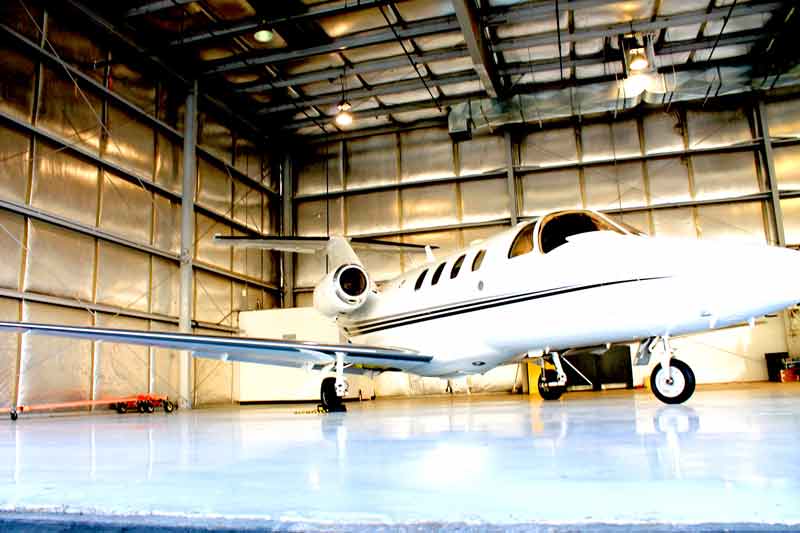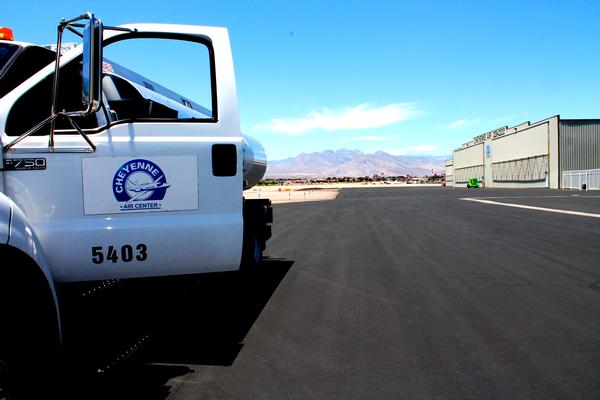Return To Blog
Important Maintenance Tasks for Your Plane
January 1, 2019
Whether you are sharing ownership of your plane or have your own, it is important to understand the tasks involved in keeping things maintained and in proper order. There are in fact, rules and regulations for a performance standard for aircraft. The outlined standards of maintenance are required in order for your aircraft to be deemed operational and safe to use. Ensure you are ready at a moment’s notice to take flight and learn about some of the different ways your plane or aircraft will need to maintain:
Â
On the other hand, you can also use their repair station locator if you are in a pinch and aren’t able to use your normal method of maintenance. http://av-info.faa.gov/repairstation.asp
At Cheyenne Air Center, you can work with and feel confident in our certified aviation technicians with many years of experience in the industry. If you’re looking for hangar space to hold your aircraft long-term, check in with our team to learn more about what we can offer.
Looking for more information about aircraft ownership? Check out our blog to read different resources related to ownership, hangar rentals, and some history about the airports or hangars in Las Vegas. At Cheyenne Air Center we aim to provide Southern Nevada with the most efficient, convenient location to store your aircraft in the southwestern region. Whether you require a hangar rental long term or short, our facilities are equipped to serve your needs. Contact us today to learn about our available space.
Standards and Safety Practices Importance
Just as your vehicles are required to pass certain standards of maintenance and inspection, aircraft require the same types of measures in order to operate legally. The largest difference in maintenance regulation is somewhat obvious in its reasoning - each part or piece of the plane used in any maintenance operations must meet the performance standards of it being “aircraft-quality.†This simply means that the necessary changes or modifications to the plane must be specifically for the plane. From the minuscule parts like a bolt and those critical ones like the tires are included in this maintenance standard.The Basics of Routine Maintenance
The Federal Aviation Administration determine the guidelines and regulations for aircrafts, airports, and air traffic. Their guidelines for aircraft maintenance are the basics you’ll need to know in order to comply with the current standards. The FAA determines “airworthiness†through a process of inspections or checks - A through D. The first two, A and B, are typical to routine maintenance and inspections, but the second set however, C and D are more specific - done in reference to usage or time. The latter two checks are more comprehensive and will mean a full detailed inspection of the whole aircraft.Keeping Things Clean
You can save yourself some time during inspections if you take the time to pay attention to the details before inspections even begin. Make sure you are detailing your aircraft’s cleanliness before you have any needed checks for performance standards. Although it is not a glamorous task, it is necessary to keep your plane very clean to ensure your inspection process goes quicker and reduces the need for closer looks. The aircraft is required to be cleaned according to regulation, so give it an extra buff whenever it is needed and save yourself time in the long run.Standards for Performance
If you plan on tackling any of the maintenance tasks on your own, you’ll need to make sure you are following the outlined standards for performance by the FAA. For every 100 hours of plane usage, the FAA requires inspection and maintenance where attention to detail is necessary. Luckily, the standards are outlined for owners or those working in aviation maintenance with clarity. You can view the Examiner and Inspector Handbook online to read more about some of the flight standards and safety information related to the list items needed to appropriately comply with their outlined directives.Â

Ensuring Safety
Maintaining proper routine inspections and other repairs involved in maintaining your vehicle will only further ensure the safety of the passengers flying on your aircraft. While you may be the one to use the plane more often, chances are others will take flight on your aircraft at some point. It is very important to be able to ensure your passengers that your aircraft abides by all federal guidelines to make them feel safe in flight. If you share ownership of your plane, you’ll need to ensure that all owners are on the same page with maintenance tasks. Make sure you have a clearly outlined plan for taking care of such tasks and develop a system of communication to make sure everyone is in the loop on any needed repairs. All owners should be well-versed in the standards of maintenance as well as performance standards for operating the plane.Certified Technicians or Learning Yourself
Some plane owners prefer to learn the required maintenance tasks themselves instead of hiring an aviation technician. Although many of the steps for inspection are simple in nature, any owner will need to employ the skill of a professional to learn the ropes. You will need someone certified present in order to do the work and comply with the rules of safety standards. Owners of aircrafts may be aviation enthusiasts and enjoy doing the work needed to learn and perform some of the maintenance that is inevitable with a plane. You can learn more about the Aircraft Certification Technical Training Program available to you by the FAA.ÂOn the other hand, you can also use their repair station locator if you are in a pinch and aren’t able to use your normal method of maintenance. http://av-info.faa.gov/repairstation.asp
At Cheyenne Air Center, you can work with and feel confident in our certified aviation technicians with many years of experience in the industry. If you’re looking for hangar space to hold your aircraft long-term, check in with our team to learn more about what we can offer.
Record Keeping Requirements
Although it may seem exhaustive, it is necessary that a record of all tasks related to maintenance be tracked and recorded according to FAA guidelines. This means, you will need to describe in considerable detail, the changes made, or repairs required for your aircraft. Any work performed is required to be recorded - along with the certified technician’s information and any reference to the FAA regulations that specifically apply.Looking for more information about aircraft ownership? Check out our blog to read different resources related to ownership, hangar rentals, and some history about the airports or hangars in Las Vegas. At Cheyenne Air Center we aim to provide Southern Nevada with the most efficient, convenient location to store your aircraft in the southwestern region. Whether you require a hangar rental long term or short, our facilities are equipped to serve your needs. Contact us today to learn about our available space.

